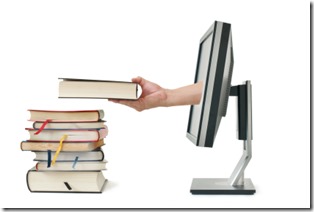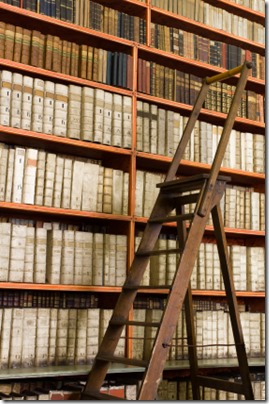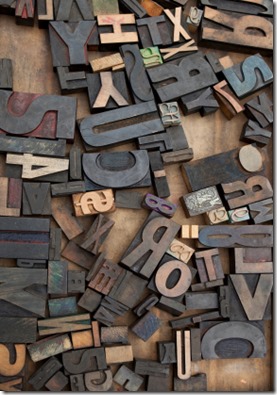 In 2009, Cushing Academy created a huge ruckus within the library community by announcing that it was eliminating the vast majority of its print collection and “going digital” with its collection. Certain individuals and institutions praised the innovation. Other groups protested Cushing’s folly. Still others protested that this was the right decision, but too fast and too soon. The real truth is that Cushing’s actions have cast a bright light on a deep divide within libraries: the divide between “books” librarians and “media specialists” librarians.
In 2009, Cushing Academy created a huge ruckus within the library community by announcing that it was eliminating the vast majority of its print collection and “going digital” with its collection. Certain individuals and institutions praised the innovation. Other groups protested Cushing’s folly. Still others protested that this was the right decision, but too fast and too soon. The real truth is that Cushing’s actions have cast a bright light on a deep divide within libraries: the divide between “books” librarians and “media specialists” librarians.
In past years, and even still very much today, your worth as a librarian was in some way measured by how many volumes were in your collection. Even today, one of the biggest and most progressive libraries in the world, the United States Library of Congress, boasts openly in its “Fascinating Facts” about the millions of books it has on 838 miles of bookshelves. The more books you had in your collection, the bigger your library and, therefore, your worth as a librarian. Want to become a better librarian? Build your collection.
However, particularly in recent years, this definition of a librarian has been challenged by digital natives, those individuals born in the later 1970’s when the “Digital Age” is defined as having begun. The problem with digital natives is that they don’t think in terms of books: they think in terms of information and access to that information. In considering the move to a digital library, Cushing Dean of Academics Suzie Carlisle has openly stated in an NPR article that their students simply weren’t turning to print resources first. Instead, they were turning to online ones. A digital library, then, is a natural course of action in a library seeking to best suit the needs of a majority of its patrons.
The decision, though, prompted a swift and virulent reaction by library associations, including a letter addressed to Cushing headmaster Dr. James Tracy. (You can read a reprint of that letter in School Library Journal.) The principal thrust of the letter was that library collections are built carefully by their librarians over a long period of time with the needs of the library’s principal users in mind. Given Cushing’s own research into how its patrons conducted research, one could certainly conclude that the librarians at Cushing actually did have its patrons in mind by moving to a digital collection.
With respect to the stronger, former half of this argument, though, the associations certainly have a potentially strong argument. Depending on the individual librarian and rates of turnover, the library may have a finely-honed, precisely crafted collection tailored to the specific users. This precision typically isn’t available in a electronic format, where collections are often purchased in “electronic bulk.” Think in terms of a wholesale club: instead of getting the precise mix you want, you must purchase a “bulk pack” that may or may not have all of the things that you need or want. More important, as School Library Journal Editor-in-Chief Brian Kenney wrote in a scathing letter/article titled “The Biggest Losers,” some resources just aren’t available in digital format.
While these criticisms might be true, they may be mere indicators to a shift in libraries rather than a rationale for not moving forward digitally. CNN has highlighted the shifts in libraries in recent years, but is quick to point out that the underlying principal behind libraries – that as a community center for learning – has not changed. The way in which that knowledge is consumed, however, is rapidly changing. Librarians must realize that their fundamental roles as “shepherds” leading us to the right information has not changed: they must help us to find the needle in the voluminous haystack that is the online database. Cushing librarian Tom Corbett highlighted this role in an article for School Library Monthly titled “The Changing Role of the School Library’s Physical Space.” As a recent survey conducted by Cengage Learning showed, the results of which were published in LibraryJournal.com, many students are turning to such databases first in conducting their research.
The library is rapidly changing from a collection of books to a collection of electronic resources. However, this doesn’t mean that the role of the library – or of the librarian in particular – is in any way diminished. More than ever, patrons will need help in locating the resources and information most germane to their inquiry in the ever-rapidly-expanding sea of information that is the Information Age. Evolved correctly, the modern library will continue to serve this role, and to maintain its position as the community center for learning.


